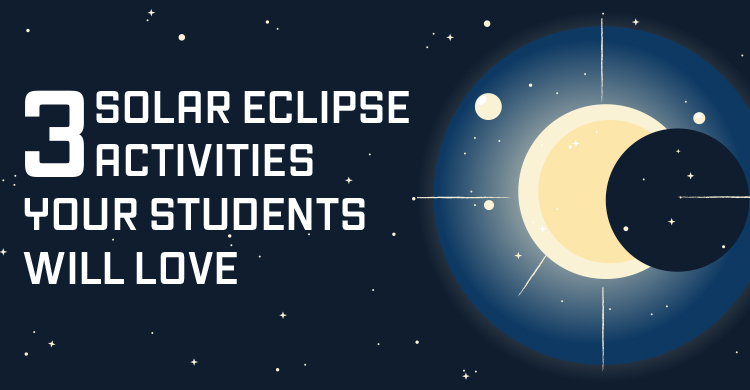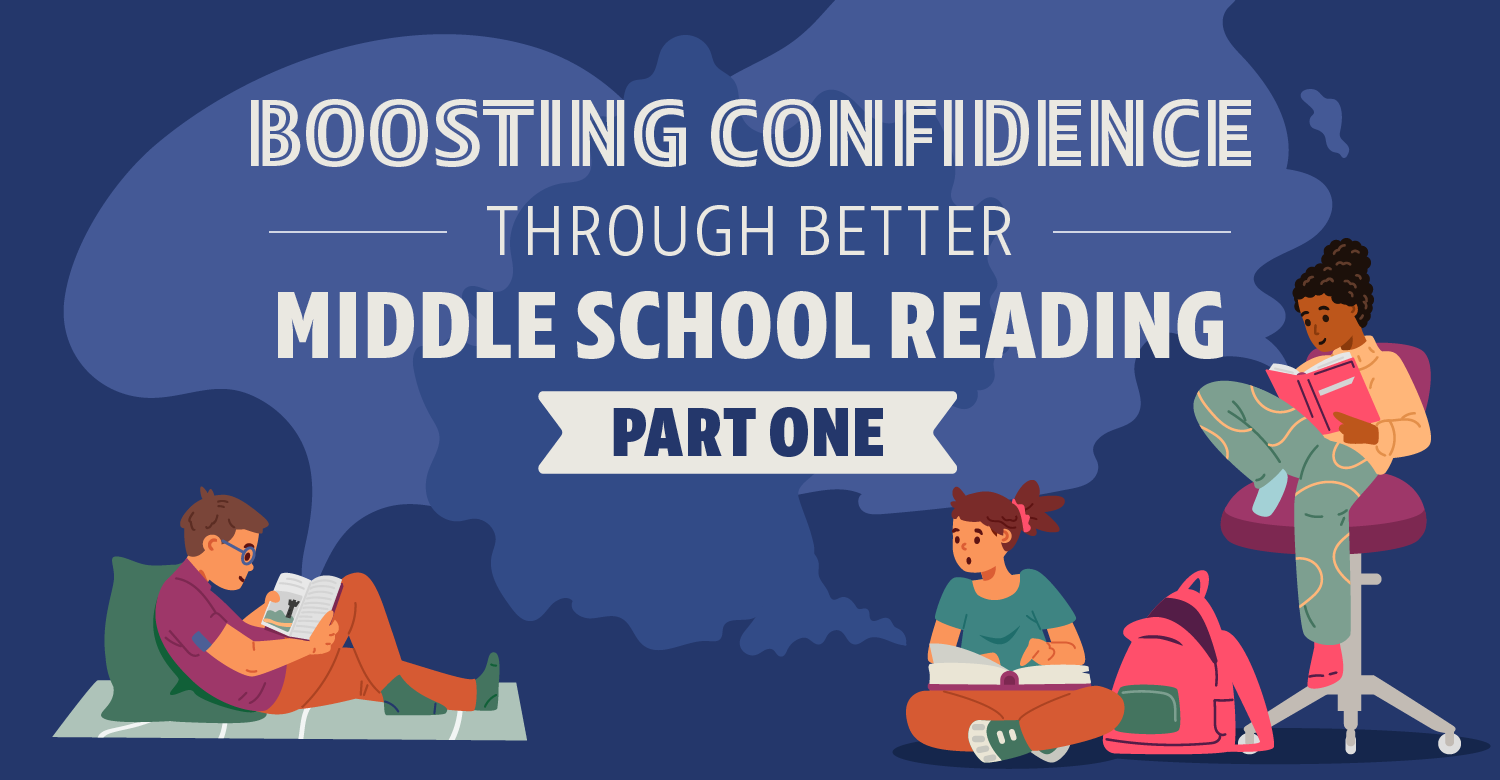“To infinity and beyond!” —Buzz Lightyear
While Buzz Lightyear, the loveable character from Toy Story, never made it back to his home planet, he did discover there is quite a lot happening on this one. As many of us Earth-dwellers know, the eclipse on April 8, 2024, will be a total solar eclipse visible in many parts of the world. This also includes North America and parts of Europe, South America, and the Pacific, Atlantic, and Arctic oceans. This total solar eclipse will be the last one visible from the contiguous United States until 2044!
A solar eclipse is a fantastic opportunity to teach your learners about the solar system, exploration, and their relationship to the greater world. Teach your class about this notable celestial occurrence with tips from our authors and educators below. From STEM-rich activities to recommendations for relevant children’s literature, your learners will have fun while learning about the world around them.
Activity #1: Why grounding a celestial view in STEM is important
Make the most of the upcoming eclipse with tools, resources, and tips from the National Aeronautics and Space Administration (NASA). For the latest activities, learning resources, and opportunities to engage with NASA, visit NASA’s Office of STEM Engagement online at: stem.nasa.gov.
For additional information on how to integrate STEM into your K–6 classrooms, pick up Jason McKenna’s book, What STEM Can Do for Your Classroom. You’ll gain ideas for post-eclipse lessons like searching for life on Mars using NASA’s Mars 2020 mission.
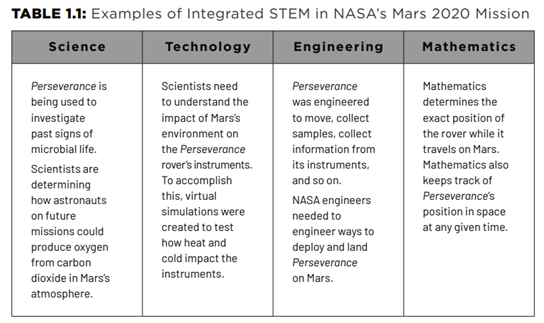
Activity #2: How to think globally about a planetary event
Designing student-centered experiences is something educator Jennifer D. Klein knows a lot about. In her book, The Landscape Model of Learning, co-written with Kapono Ciotti, she shows teachers how to create a more meaningful and inclusive learning ecosystem. “I’d say that eclipses are among few events that bring us together to marvel at the universe; given that this one is going to be visible in Mexico and to a degree in Central America, it’s a symbol of connection across borders.”
If you are a science or math teacher, Jennifer suggests having your students calculate the percentage of eclipse in different places. She further suggests connecting with learners in those places to talk about their calculations and experiences before and after the eclipse.
“It would also be an ideal opportunity to talk to high-level astronomers,” she continues, “and even to patch into universities with observatories that could allow students to see the eclipse virtually if they live in places where it won’t be as complete, with the experience narrated by a professor.”
Solar and lunar eclipses have figured prominently in human history. If you are a social studies or language teacher, Jennifer proposes looking at how different cultures view and interpret the importance of eclipses, now and historically.
Activity #3: Introducing stellar literature from around the world
As an elementary teacher, you know seeing that spark of engagement and wonder in a young learner’s eyes is priceless. The solar eclipse provides ripe ground to integrate literature into your lessons that give a nod to the world of science as well as promote positive self-reflection.
Below are some of our recommendations for books that will spark your young learners’ imagination before and after the eclipse.
Mae Among the Stars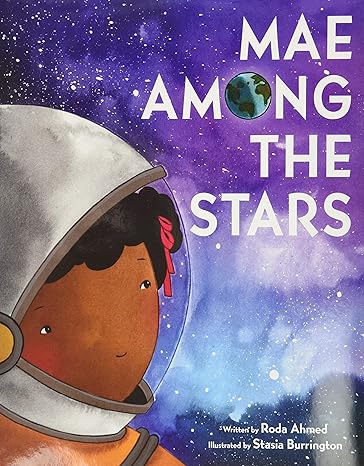
by Roda Ahmed | Illustrated by Stasia Burrington
A Teachers’ Pick and Amazon Book of the Month, Mae Among the Stars shares the inspiring story of Mae Jemison, the first African American woman in space.
Earth! My First 4.54 Billion Years
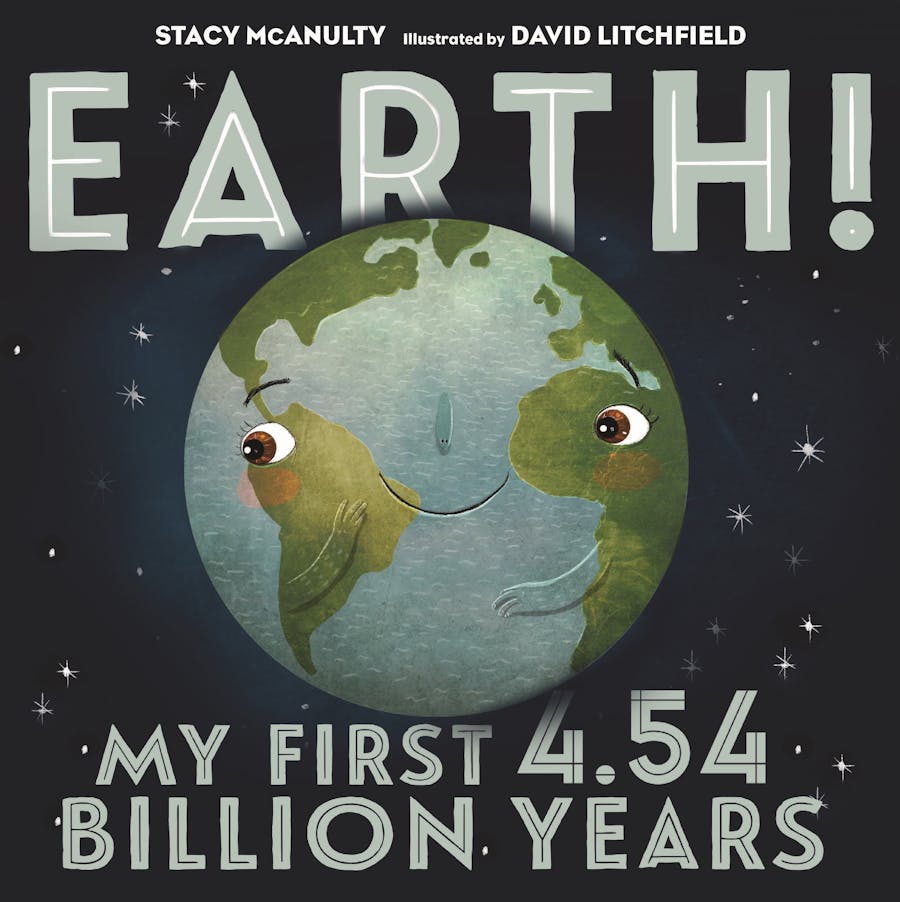
By Stacy McAnulty | Illustrated by David Litchfield
Give your students a history and science lesson about the Earth from the point-of-view of the Earth itself! This funny yet informative book is filled with more than four billion years worth of information. (Hint: the Sun and Moon also make an appearance 🙂)
Hello, Dark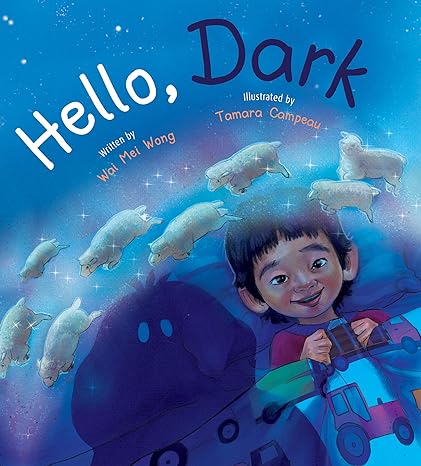
By Wai Mei Wong | Illustrated by Tamara Campeau
While the eclipse elicits excitement for some young learners, others may feel apprehensive about being shrouded in darkness.
In this perfectly pitched illustrated book, first-time author Wai Mei Wong debuts a mindful depiction of how one little boy befriends the darkness.
Want more suggestions?
In their book, There’s More to the Story, authors Gwendolyn Cartledge, Amanda L. Yurick, and Alana Oif Telesman outline how to use literature to teach diversity in an elementary classroom. Get recommendations for literature you can incorporate into your lesson planning throughout the year. No eclipse needed!


